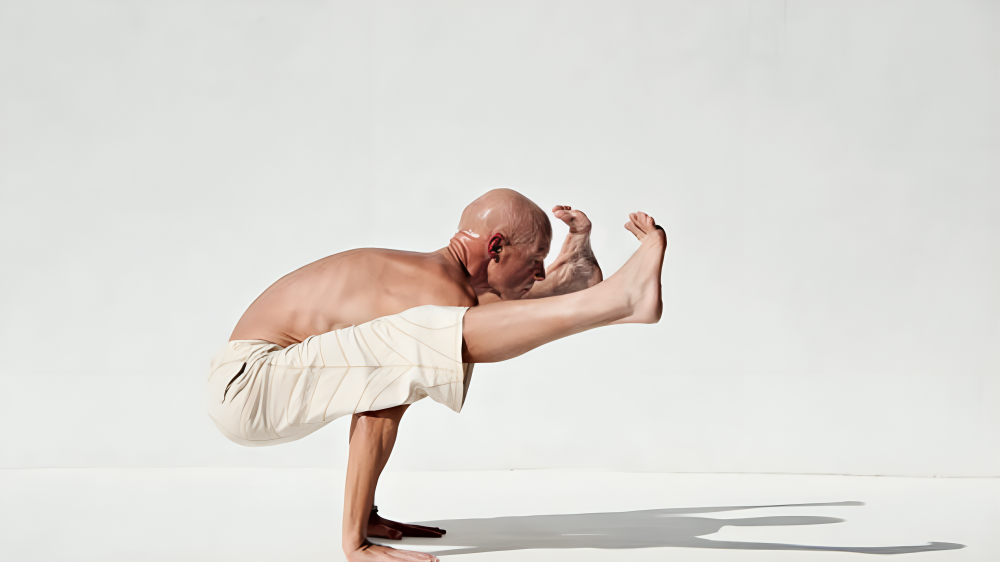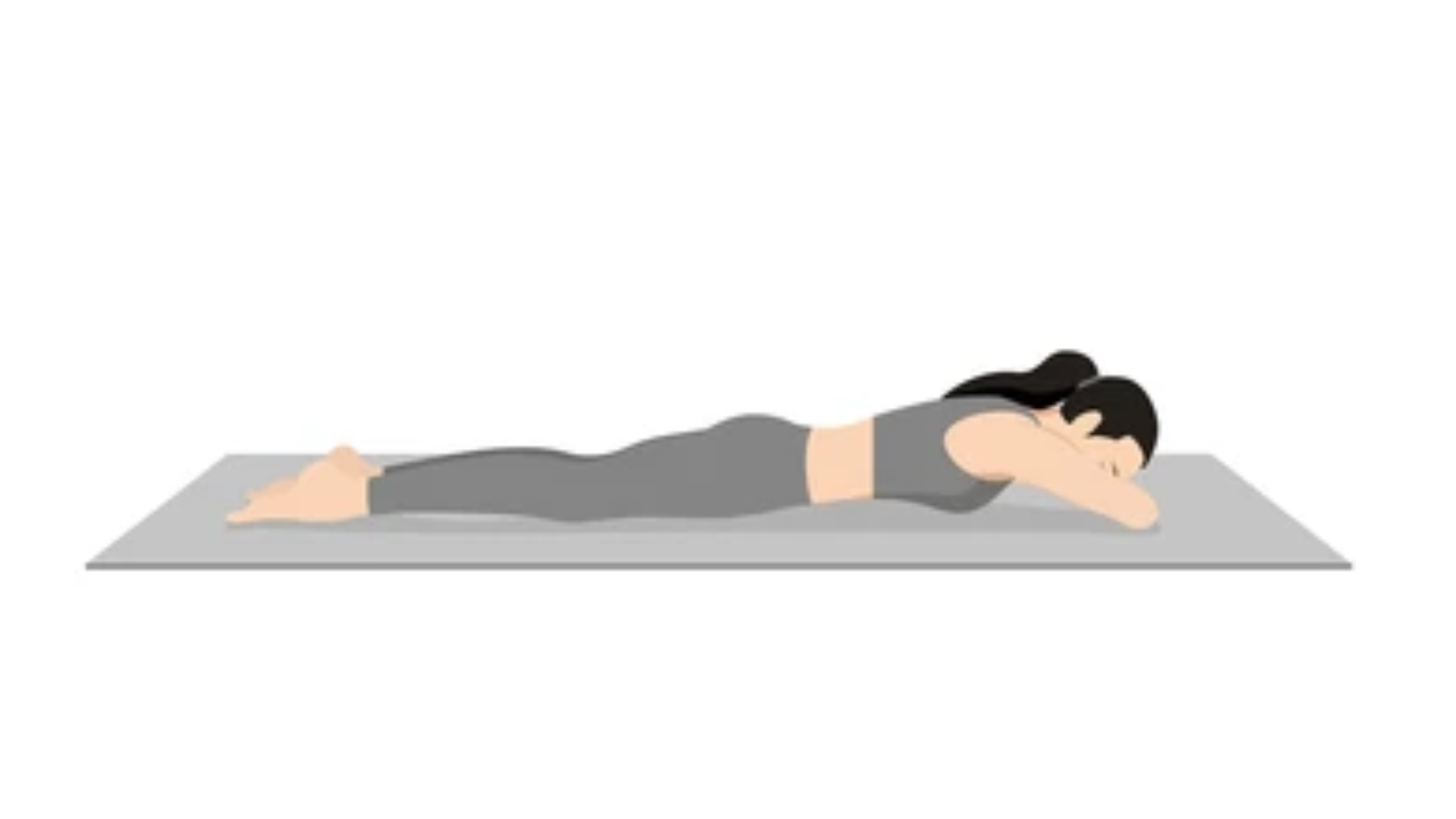
What is titbasana
Tittibhasana, commonly known as the Firefly Pose, is an advanced arm-balancing yoga posture. It gets its name from the Sanskrit word “Tittibha,” which means firefly, because in the full expression of the pose, your legs extend out like wings, while your arms support your body like a firefly in flight.
Tittibhasana is part of the broader family of yoga arm balances, where the strength of your arms, wrists, and core are essential to holding the pose. This posture combines strength, flexibility, and focus. While challenging, it’s also a powerful way to enhance physical endurance, mental concentration, and flexibility.
How To Do It Tittibhasana (Firefly Pose)
Warm-Up: Prepare Your Body
Malasana (Garland Pose): Helps open up your hips.
Uttanasana (Standing Forward Fold): Stretches your hamstrings.
Plank Pose: Strengthens your core and prepares your wrists.
Warming up properly will make it much easier to transition into Tittibhasana and reduce your risk of injury.
Get Into Starting Position: Malasana (Garland Pose)
Stand with your feet slightly wider than hip-width apart.
Bend your knees and lower your hips toward the ground, bringing your torso between your thighs.
Place your hands on the floor in front of you, shoulder-width apart.
This position opens up your hips and helps you set the foundation for the arm balance.
Position Your Hands and Arms
Lean forward slightly and slide your arms behind your shins so that your upper arms or triceps are as far under your thighs as possible. It might feel a bit awkward at first, but this is key for supporting your weight in the pose.
Spread your fingers wide to create a strong base.
Ground your hands into the mat, ensuring your fingers are gripping the floor.
Engage your core to protect your lower back.
Lift Your Hips and Shift Your Weight
Lean forward and begin to lift your hips while keeping your legs bent.
As your hips rise, continue to shift your weight onto your hands. Your hands should be actively pressing into the floor, supporting the majority of your body weight.
Extend Your Legs
Once you feel stable in your arms, it’s time to stretch those wings!
Slowly straighten your legs out in front of you, keeping them parallel to the ground.
Try to engage your inner thigh muscles to support your legs and prevent them from sagging.
Keep your chest lifted, gaze forward, and breathe deeply as you hold the pose.
The Benefits of Tittibhasana
Strengthens the Upper Body
Tittibhasana works your arms, shoulders, and chest, helping you build upper body strength and stability.
Boosts Core Strength
To balance and hold your legs up, you need a strong core. Practicing this pose regularly will significantly strengthen your abs and obliques.
Enhances Flexibility
This pose stretches the hamstrings and opens the hips, increasing overall flexibility. Over time, you’ll find your range of motion improves, especially in the legs and lower back.
Improves Focus and Concentration
Balancing in Tittibhasana requires a great deal of mental focus. This pose challenges your mind to stay present and helps sharpen your concentration skills.
Energizes and Uplifts Mood
Arm balances, like Tittibhasana, are known to boost energy levels and create a sense of empowerment. After practicing, you may notice an immediate uplift in your mood.
It’s Here Bhujapidasana How To Do It And What Are The Benefits
FAQs
Q: Is Tittibhasana suitable for beginners?
A: Tittibhasana is an advanced pose, but beginners can work toward it with proper preparation and practice. Focus on building core and arm strength before attempting the full pose.
Q: How long should I hold Tittibhasana?
A: Start by holding the pose for 5-10 seconds and gradually increase the time as your strength improves.
Q: What should I do if my wrists hurt in this pose?
A: Wrist discomfort is common in arm balances. Strengthen your wrists with exercises and stretch them regularly. If discomfort persists, consult a yoga instructor for adjustments

